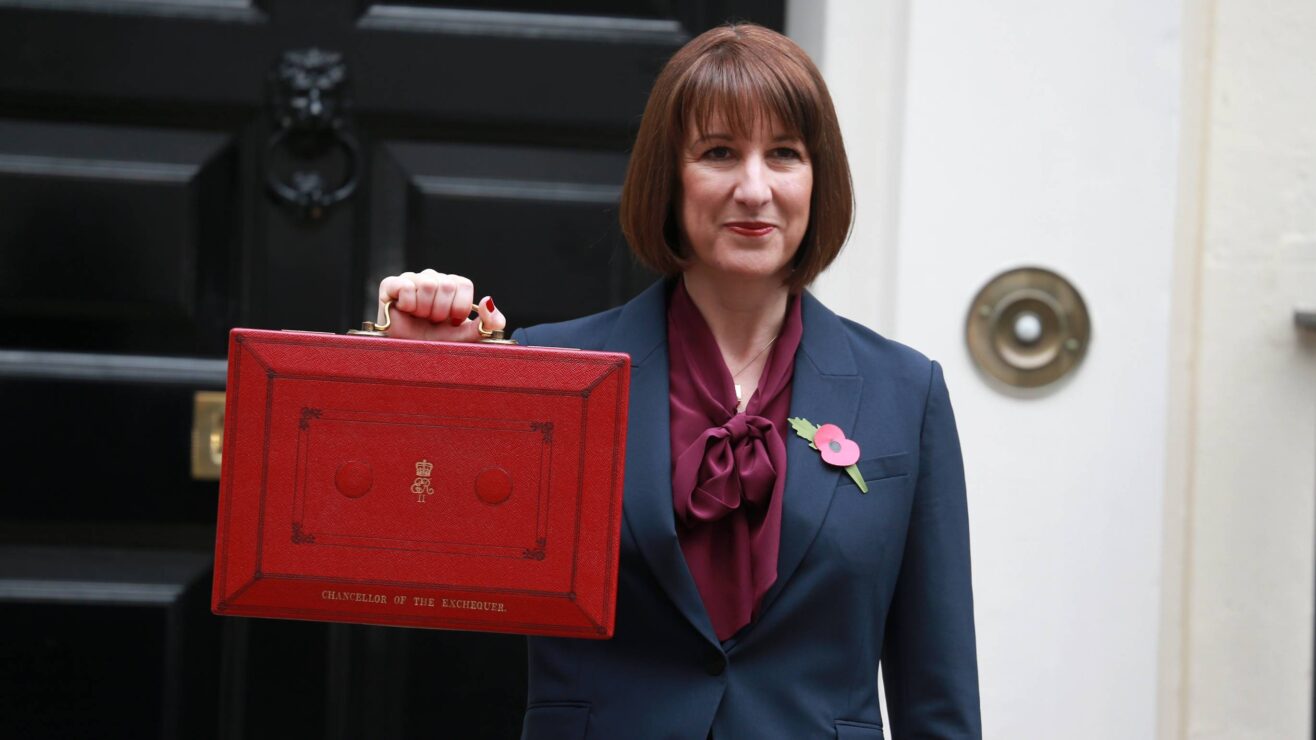The Labour Party was elected to government last year on a promise to reduce net migration. Their victory in the 2024 General Election followed a period in which net migration to the UK peaked at 906,000 and public concerns over migration began to rise again for the first time since the Brexit referendum.
Unsurprisingly, Number 10 views progress on this issue as central to their re-election prospects. Precisely how the government will look to do this is still unclear, yet recent weeks have seen growing speculation over an immigration white paper which is expected to land pretty soon.
White paper
A new approach to immigration is needed. Too often, immigration policy has been dictated by the release of the latest migration figures and so the development of a white paper on immigration in and of itself is no bad thing. Moreover, it provides the government with an opportunity to take a more strategic approach to migration policy.
Prior to the election, the Labour Party committed to a different style of governing which would end ‘sticking plaster’ politics. But how to apply this longer-term view to immigration policy? To be judged as successful, any new approach to immigration would need to see net migration reduced given their manifesto commitment. As such, tough choices need to be made about where further reforms could be made to reduce the overall number of people coming to the UK.
This creates some obvious risks for UK universities given the importance of international students to the financial sustainability of our sector. Universities UK (UUK) has been clear that, over the long-term, international recruitment should not be the answer to the financial sustainability of higher education institutions. Instead, we need to work with government on a long-term plan, secure increased investment, and explore new approaches to efficiency and transformation in the sector.
In the absence of a long-term plan to address the underfunding of the higher education sector, any new approach to immigration would, at the very least, need to enable universities to continue to attract international students to study in the UK to prevent current financial challenges from deteriorating further.
Three tests
This is no easy task, but it is possible. So, what could a different course of action on migration policy actually look like? I think there are three clear things we need:
1. A joined up, coordinated approach.
2. Look forward not back, (as the Labour Party once encouraged us to do).
3. Draw a line between temporary and permanent migration.
The left-hand ought to know what the right-hand is doing
The starting point of any new immigration policy ought to be based on having a joined-up and co-ordinated approach. This may seem obvious but would be a welcome change.
The key opportunity for the new government is to use their immigration white paper to finally align migration policy with wider government objectives. Based on what the Home Secretary has outlined, at least part of this would be to create much greater join-up between the UK’s visas and skills systems so that immigration is not used as an alternative to training or tackling workforce problems, thereby reducing overall net migration. This is a good start, but the white paper offers an opportunity to go further.
Under previous administrations, there was a distinct lack of coordination and coherence in policy and strategy. This can be seen most clearly in the development of an International Education Strategy – which set an explicit aim of government policy to grow the number of international students coming to the UK, but which then came up against a Home Office who had been instructed to curb the growth in international students.
Don’t use the rear-view mirror
With a clear joined-up strategy, the government should then look to shift the focus of immigration policy away from retrospective net migration trends, towards focussing on future forecasts, thereby creating a more realistic timeframe to achieve their strategy.
It is quite clear that reducing net migration is going to continue to be the focus of government policy. Yet as we have seen, annual net migration focuses too much on short-term migration trends – be it the increase of people coming from Ukraine, or Hong Kong – and doesn’t focus enough on the anticipated impact of recent policy – such as changes to dependant’s which has led a dramatic reduction in the UK’s attractiveness as a study destination in certain countries.
By shifting towards long-term projections (measured over a rolling 5-year average), the government could then create the political space to actually achieve their wider objectives. For example, providing a longer-term timeframe to work with employers to implement skills and training initiatives to support those roles where recruitment is primarily met through immigration.
Any future forecast would, inevitably, be subject to changes and revisions but it would represent a far better metric than basing government policy on retrospective and highly volatile net migration trends from the previous year.
Separate the temporary from the permanent
A final welcome change would be for the government to distinguish more between ‘temporary’ and ‘permanent’ migration. After all, while many migrants do settle in the UK, many others do not and have little intention of doing so.
This applies to many international students. They may stay for a few years after their studies, but very few end up remaining in the UK for the long-term and get settlement. Rather than taking students out of net migration – which would only serve to highlight the contribution which international students do make to net migration while ignoring the impact which students do have on housing and local services – the government should look to place greater focus on different types of visas being granted to those coming to the UK.
There are lots of ways this could be done, but focussing more on those visa routes which lead to settlement (or ‘indefinite leave to remain’) would help improve public understanding of migration and better reflect the fact that many migrants included in the net migration stats do not contribute significantly to the long-term population of the UK.
Concerns about immigration are unlikely to go away anytime soon, but the opportunity for a better approach is there for the taking.
Many parts of the world – particularly across the Anglosphere – are currently seeing higher levels of net migration, and how countries respond is an issue facing many governments.
With aging societies, slowing rates of economic growth, not to mention an increasing number of people displaced due to climate change, conflict, and natural disasters, immigration will continue to be high on the political agenda.
Through their immigration white paper, the new UK government has a clear opportunity to address this challenge head on and take a different approach to previous administrations and, in doing so, demonstrate that well-managed immigration can be – and indeed is – a force for good.
In developing a more joined-up approach, while focussing on future projections – rather than retrospective trends – and which makes a clearer distinction between temporary and permanent migration, the UK government could go a long way to developing a more sensible approach to immigration policy.
The opportunity is there, the question is whether the government will take it.













Hi Harry – I like the article and the ideas you’ve put forward. Shifting to five-year projections, allowing policies the time to embed, and smoothing out the inevitable bumps caused by geopolitical change would be a hugely welcome shift away from the current cycle of knee-jerk reactions to spikes in immigration. The suggestion to distinguish more clearly between temporary and permanent migration is also spot on – but it does highlight the need for better data from the Home Office in the first instance. Improved data collection and transparency would enable more informed policymaking and allow for a more nuanced… Read more »